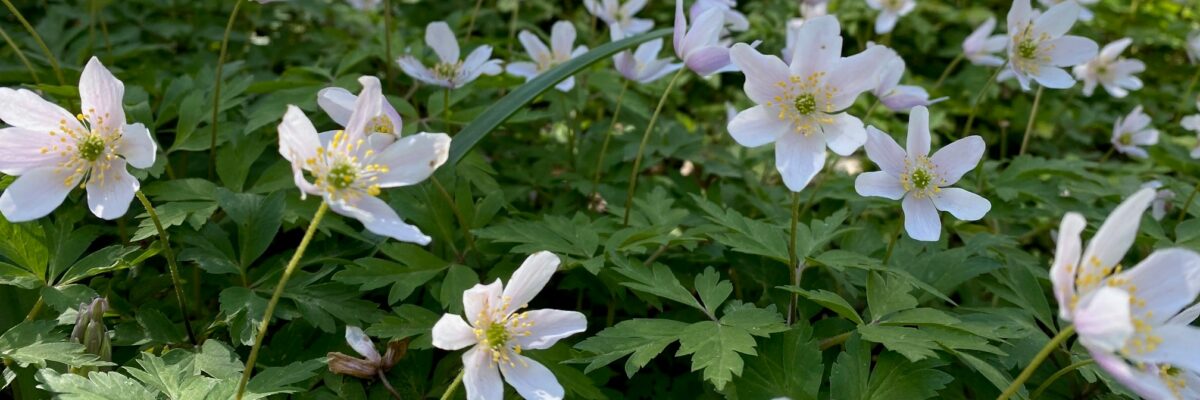What Does Nature Recovery Mean to You?
24 November 2023
As we develop our Nature Recovery Strategy, we will need a shared sense of what we want Nature Recovery to look like in Kent and Medway. In this article, Project Support Officer Rachel Boot explores the meaning of Nature Recovery and invites you to take part in a survey on the subject.
The Making Space for Nature project is now well underway, and we are working hard towards our first two milestones – mapping our existing areas of importance for biodiversity and building the narrative strategy area description of Kent and Medway’s nature. But whilst we gather this information, we are continually mulling over a question that was presented to us by Richard Moyse of the Kent Field Club at our launch event back in October. Namely, what do we actually mean when we are talking about nature recovery?
Most of us can agree that we would like to see thriving ecosystems and bio-abundance, but how do we judge when we have achieved this? And what point are we starting from? Are we trying to recreate the natural environments that we have had in the past, or should we be focusing more on what the future looks like in the face of climate change? And how do we factor nature recovery into the other needs that we have in Kent and Medway, such as food production and housing? When scrutinised, “Nature Recovery” can mean different things to different people, so we want to get a sense of what it means to you and feed all this into the strategy development.
At the Kent Field Club Conference last month, and Richard Moyse gave us some further food for thought. He used the analogy of St Pauls Cathedral, and asked, if it was destroyed, how would we like to see it rebuilt? We could strive for an identical model, but perhaps, because of new needs, different priorities and future challenges, a different model may be more appropriate. However we could still strive for the same complexity of building. We certainly wouldn’t want to prop up the building with scaffolding, but instead we would want to, authentically and purposefully, put it back together, using all our combined skills and experience to do so and with sufficient resources. And finally, we would need to know, in detail, what St Pauls would look like once we had finished rebuilding it so we knew what we were aiming for.
And all of this is true of recovering nature here in Kent and Medway – our ecosystems are complex, but perhaps they won’t look like they did before, if they are to be resilient to climate change. We need to take action to make sure we aren’t just patching up the damage that has been caused, but meaningfully restoring and protecting our natural environment. And we all need to work together to ensure that we have combined all our skills, knowledge and experience to give nature the best possible chance of recovery.
We need your thoughts on these questions in order that our nature recovery strategy has integrity and is fit to tackle the particular challenges we have in Kent and Medway. Do you agree with how we are viewing nature recovery so far, or is there more to be woven into our approach? What are the challenges that you think we will need to overcome to deliver the ambitions of the strategy?
Take part in our survey here, and tell us what your understanding of nature recovery is.
Popular articles
Proposed approach for shortlisting priorities for nature recovery published
The Making Space for Nature project has been working with stakeholders to…
MS4N first milestone completed! Areas of importance for biodiversity mapped.
The MS4N project is delighted to have completed its first project milestone…
Haven’t been able to get to a workshop – you can still get involved!
There’s still one workshop of the pressures and priorities series left –…

